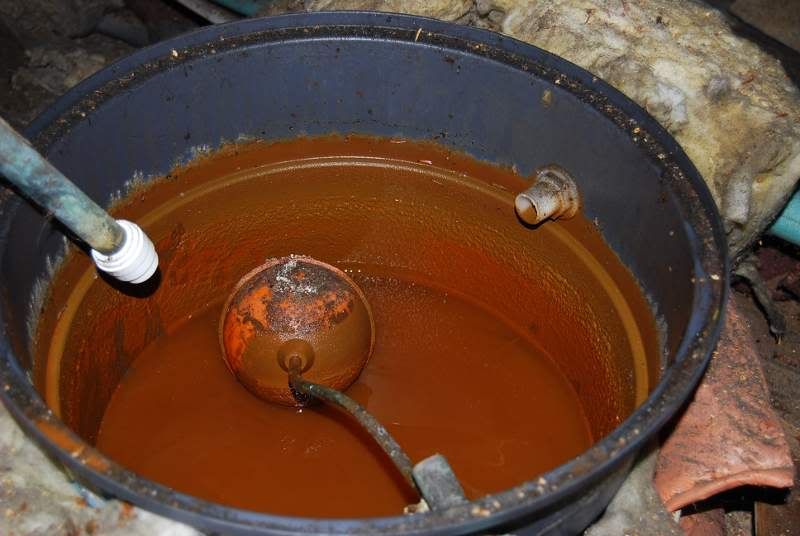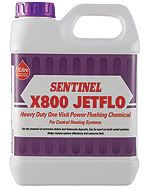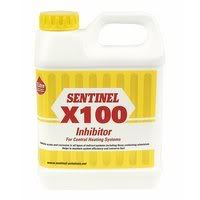I am replacing a imperial radiator in the downstairs toilet. Single 19"wide x 24"high with a single 400mm wide x 600mm high from Screwfix as I donot see them listed at B&Q or Wickes. Reason for replacing is due to rusting at the seam/joint of the front/rear panels.
As the imperial rad is wider than the metric replacement, could I use the radiator valve extensions No.424914 from wickes rather than modifying the existing pipework.
Also as the autumn approaches and seeing rusty sludge etc drain from the old radiator.
What treatment would be suggested to clean the system and help protect the system. Its a vented system with small tank in attic and all downstairs radiators have a drain point for each part of their system.
thanks
As the imperial rad is wider than the metric replacement, could I use the radiator valve extensions No.424914 from wickes rather than modifying the existing pipework.
Also as the autumn approaches and seeing rusty sludge etc drain from the old radiator.
What treatment would be suggested to clean the system and help protect the system. Its a vented system with small tank in attic and all downstairs radiators have a drain point for each part of their system.
thanks




